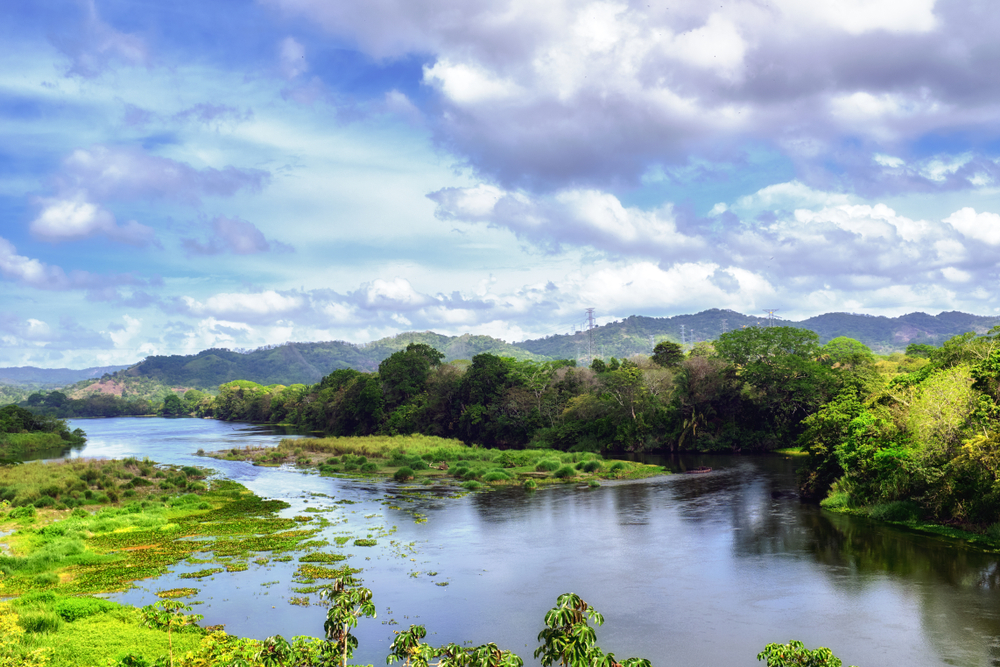Chagres Overview
Chagres National Park, known locally as Parque Nacional Chagres, is a sprawling protected area in central Panama, covering approximately 1,293 square miles (3,347 square kilometers).
It is situated between the provinces of Panama and Colón, serving as a crucial watershed for the Panama Canal. The park is characterized by its diverse landscapes, including dense tropical rainforests, rolling hills, and the winding Chagres River, which provides an essential water source for the canal’s operations.
The park’s terrain varies significantly, with the highest elevation being Cerro Jefe at 3,346 feet (1,020 meters), offering breathtaking views of the surrounding wilderness. Within the park, visitors can also find the man-made Alajuela Lake, which plays a key role in regulating water levels for the canal and supports the region’s biodiversity.
Chagres National Park is home to an extraordinary range of wildlife, with many species that are difficult to spot elsewhere in Panama. Among the park’s notable mammals are jaguars, ocelots, pumas, and tapirs, which thrive in the dense forest cover. Several species of monkeys, including howler monkeys, white-faced capuchins, and Geoffrey’s tamarins, are commonly heard and seen in the canopy.
Birdwatchers flock to the park for its impressive avian diversity, as it is home to more than 400 bird species, including the harpy eagle, Panama’s national bird, as well as toucans, trogons, and various species of parrots. Reptiles such as the eyelash viper and spectacled caiman also inhabit the area, adding to its rich biodiversity.
One of the most popular attractions in Chagres National Park is the Chagres River, which offers stunning scenery and opportunities for adventure. The river is a major draw for visitors interested in rafting and kayaking, as it presents both gentle stretches and challenging whitewater rapids.
Hiking is another favored activity, with trails leading through dense rainforest, past cascading waterfalls, and up to panoramic viewpoints. The region’s indigenous Emberá people offer cultural experiences that allow visitors to learn about their traditions, music, and way of life through guided tours and village visits. Camping and wildlife watching are also common activities, particularly around Alajuela Lake, where travelers can experience the park’s nocturnal wildlife and serene beauty.
Conservation efforts within Chagres National Park have been essential in maintaining its ecological health, particularly due to its role in preserving the watershed that feeds the Panama Canal. However, the park faces challenges such as illegal logging, poaching, and encroachment from expanding settlements.
Ongoing conservation initiatives, including government protection measures and sustainable tourism programs, aim to mitigate these threats. The involvement of indigenous communities in conservation efforts has also been a success, as their traditional knowledge and stewardship help preserve the park’s natural resources.
Through these combined efforts, Chagres National Park remains a vital ecological treasure and an indispensable component of Panama’s environmental and economic stability.










































































